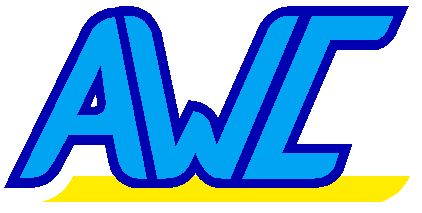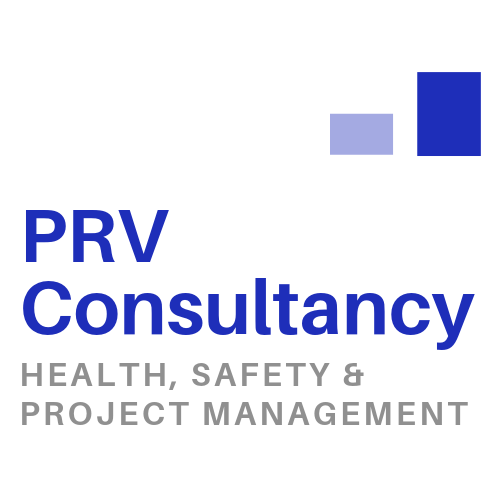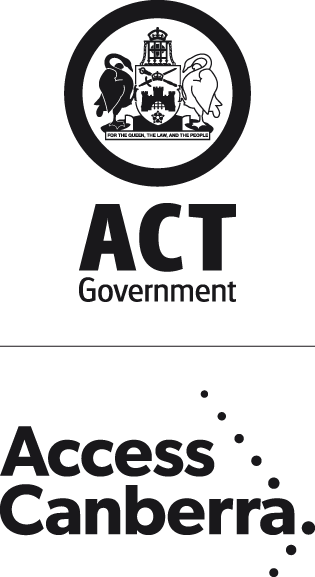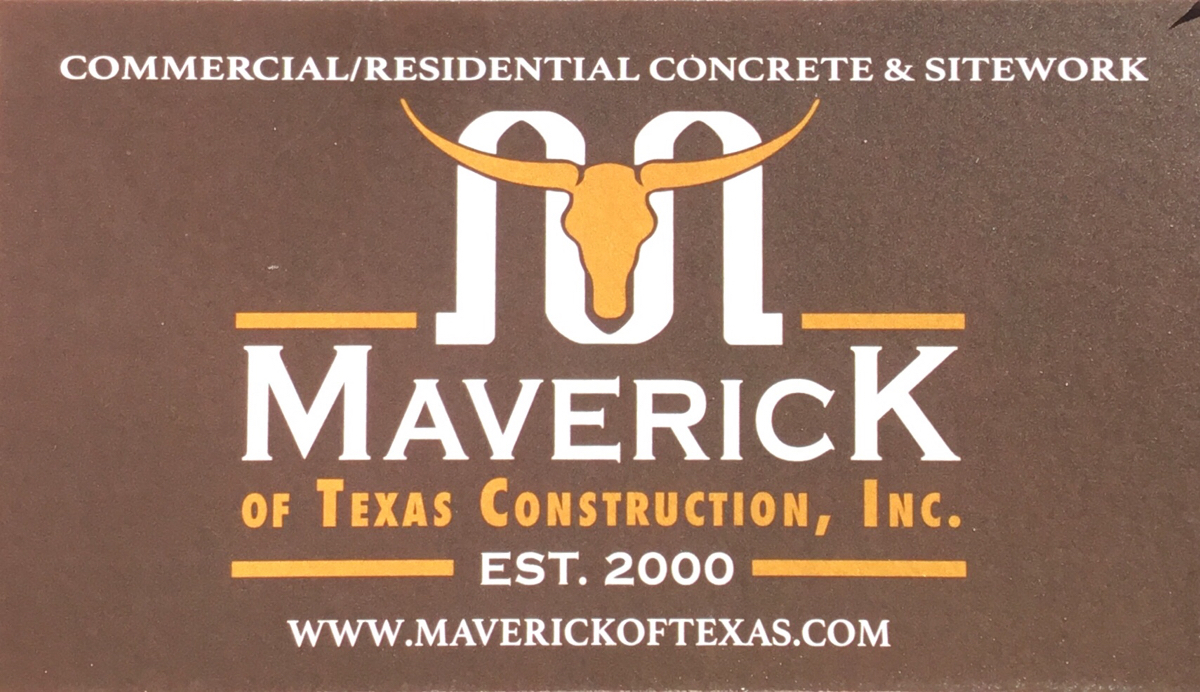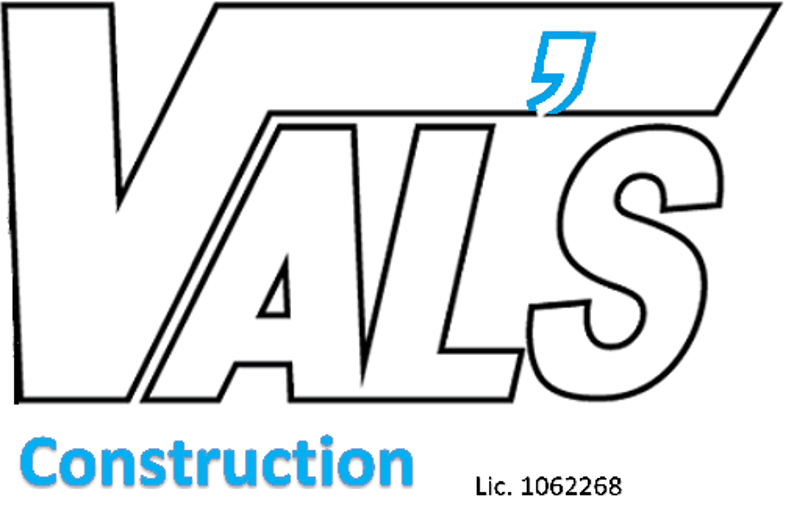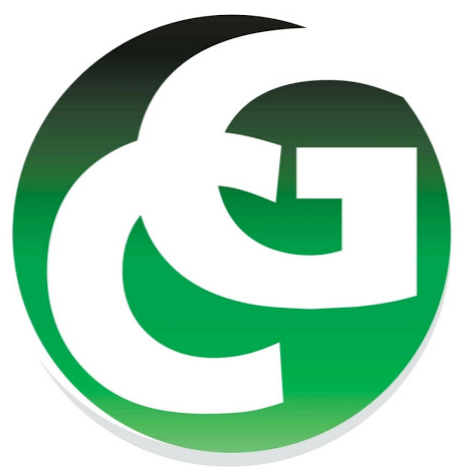Information
-
Project Name
-
Project Number
-
Conducted on
-
Location
-
From Chainage
-
To Chainage
-
Prepared by
-
Client / Site
-
Audit Attendees:
Hygiene
-
Is drinking water readily available
-
Are washing facilities adequate
-
Are toilet facilities sufficient?
-
Are staff amenities kept clean?
Housekeeping
-
Have appropriate bins/skips been provided?
-
Are materials stack safely?
-
Have non-conforming products been segregated/quarantined correctly?
-
Is the safety signage appropriate and correct for the tasks?
-
Are Site Inductions being performed?
-
Please check register and list Personnel you have sighted inductions for:
-
Is there a safety noticeboard on-site?
-
Is the work area clear of slips trips and falls?
-
Are Permits to Work being issued?
-
Review Sample:
-
Is temporary fencing secure?.
-
-
Housekeeping compliant?
Electrical Equipment
-
Check that all necessary utility services are provided on site before work begins.
-
Are all electrical cords, leads and equipment tagged and tested (should be three monthly)?
-
Are RCD and Earth Leakage devices being used?
-
Check all connections are properly made and suitable plugs are used.
-
Ensure that cables and trailing leads are not trip hazards.
-
Do generators have earth stakes and are they being used correctly?
-
Is there any work near overhead power lines:
-
Check that SWMS cover this type of work
First Aid
-
Has suitably qualifed first aider been appointed for the site?
-
Has first aid requirements checklist been completed for the site?
-
Are Additional suitably qualified persons available to ensure adequate first aid provision is provided.
-
Are the names of all first aiders detailed on the Emergency Response Plan and Induction?
-
Ensure the first aid kit contains only first aid materials and is suitably stocked.
-
The location of the first aid kit should be indicated on the site notice board and Emergency Response Plan. Are they clearly indicated?
-
First Aid requirements compliant?
Confined Spaces
-
Is Confined Spaces Work Being Performed
-
Have appropriate SWMS been produced?
-
Check permits are closed and cancelled upon completion of the works.
-
Has a Confined Space Entry Permit/Emergency Plan been completed?
-
Are all persons involved in the confined space work appropriately trained?
-
Are hazards being monitored i.e. fumes?
-
Confined Spaces compliant?
Lasers
-
Are lasers being used on-site?
-
Is there a risk assessment in place for the use of lasers?
-
Are operators trained and competent?
-
Are areas where lasers are used defined and clearly marked?
-
Are lasers Class 1 or 2?
-
Is the correct eye protection being used?
-
Are the beams away from other workers, public areas and roads?
-
Is the use of lasers compliant?
Scaffolding/Working platforms
-
Is Scaffold or working platforms being used on-site?
-
Check that any scaffold erection, alteration or dismantling is carried out by a competent person.
-
Check that all standards are provided with base plates and timber sole boards which span at least two base plates.
-
Check that all standards, ledgers, braces and struts are in position.
-
Ensure that the scaffold is adequately tied to the building or structure to prevent collapse.
-
Check that double guard rails and toe boards or other suitable protection at every edge.
-
Check that there are additional brick guards provided to prevent materials falling from scaffold where they are used as a working platform.
-
Check that working platforms are fully boarded and that the boards are arranged to avoid tipping or tripping - i.e.: no overlapping boards.
-
Do all ladder accesses have self closing gates fitted?
-
Ensure that there are effective warning notices in place to stop any person using an incomplete scaffold.
-
Check that the scaffold is strong enough to carry the weight of materials stored on it and that they are evenly distributed.
-
Ensure that the scaffold has been properly maintained.
-
Ensure that a competent person inspects the scaffold regularly, at least once a week; and always after it has been altered, damaged and following extreme weather.
-
Are scaffold tags being utilised?
-
Ensure that these inspections are adequately recorded.
-
Are all scaffolds and working platforms sutable?
Working at Height
-
Is there any working at heights?
-
Check whether the work can be undertaken without working at height.
-
Check that access equipment is erected by competent persons and checked before use.
-
Ensure safe access and egress have been provided to areas.
-
Roof Work
-
Ensure that edge protection is provided to stop people or materials falling.
-
Ensure that precautions have been taken to stop people falling through fragile materials when working on roofs, e.g.: by providing barriers, covers or working platforms.
-
Ensure roof ladders are used in accordance with best practice requirements.
-
Ensure that people are kept away from areas below the roof work.
-
Ladders - Ladders should be used at an angle of 1:4 (75 degrees).
-
Ensure that ladders are in good condition, are not split, warped or have damaged rungs etc.
-
Check whether ladders are suitable for the purpose - only for short term work or for gaining access to another area.
-
Check that ladders rest against a solid level surface and that this is not a fragile or insecure material.
-
Check that ladders are secured to prevent them slipping sideways or backwards.
-
Check that ladders rise a sufficient height above their landing place (approx. 1m or 5 rungs).
-
Safe landing platforms to be provided where a ladder rises to a height of 9m or more.
-
Are work at height operation in accordance with the WHS Regulations?
Working on or near Water
-
Are there any works near bodies of water?
-
Check all access passages and working platforms are clear and free from obstructions.
-
Are Pontoons correctly loaded and securely moored.
-
Are embark and landing points provided.
-
Check appropriate use of safety nets and that they are securely fastened.
-
Ensure that buoyancy/life saving equipment is available and accessible.
-
Ensure workers know how to raise the alarm and that they are aware of the procedures are in place if an incident in water occurs.
-
Where appropriate ensure a manned rescue boat is provided.
-
Are working on or near water compliant?
Management Controls
-
Check subcontractor public liability Workers Comp insurance certificates are valid and current.
-
Enter details checked subcontractor
-
Have appropriate signs/notices been erected around the site i.e. mandatory use of PPE, Traffic Management, Fire assembly, Fist Aid Points etc.
-
Is adequate supervision being provided for all activities on the site paying particular attention to work activities as undertaken by young persons and/or those which are high risk activities.
-
Have all subcontractors have been provided with information relating to Health & Safety for the work they are undertaking.
-
Have all subcontractors have been assessed and are adequately resourced and competent for the work they are undertaking (check SWMS and supervision)
-
Check site personnel, including subcontractors have a valid Construction Industry Induction (white card).<br>
Consultation
-
Has a system been established for employees to comment and be consulted on health, safety and welfare issues.
-
Are minutes and actions from toolbox meeting available and published on site?
-
Are toolbox actions being implemented ?
-
Are daily pre-start meetings being conducted?
-
Consultation compliant?
Hazardous Substance Control
-
Have Assessments been carried out for all potentially hazardous materials and substances being used on the site.
-
Are Safety Data Sheets available for all materials on-site
-
Is the dangerous goods register up-to-date?
-
Have the hazards associated with the use of such materials been properly communicated to those affected.
-
Are alternative safer substances available which can be used as substitutes.
-
Ensure all dangerous/hazardous materials/Substances are clearly marked/identified and stored in a secure location appropriate to the substance.
-
Have the appropriate control systems and PPE been provided and is the PPE being used.
-
Hazardous Substances Compliant?
Environmental Management
-
Is there any evidence of nesting birds, if so are protection measures adequate?
-
Is excess airborne dust being identified and managed?
-
Have weeds been treated prior to clearing and grubbing
-
Are washdown bays identified and ready for use?
-
Are Environmental Washdown Forms available and being completed?
-
Are there any signs of weed infestation in rehabilitated areas?
-
Is an Emergency Plan in place?
-
Has the Emergency Plan been reviewed
-
Are personnel and plant working within designated areas?
-
Are appropriate spill kits available and easily accessible?
-
Are subordinate Environmental Plans being adhered to?
-
Some sites may require a specific Flora and Fauna Management Plan, Soil and Water Management Plan etc.
-
Is refuelling of mobile plant and equipment being controlled to minimise contamination of soil and water?
-
Are erosion and sediment control measures in place and fit for purpose?
-
Is waste material being stored and disposed of in the correct manner?
-
Have exclusion zones been identifed and are being complied with?
-
Are weekly environmental checks taking place (check in daily diary)?
-
Are the end of excavations being battered at the end of shifts
-
This is a requirement to protect native fauna
-
Are trenches clearly delinated at the end of the shift?
-
Is plant and equipment fitted with suitable and effective silencers?
-
Is the environmental register up to date and relevant?
-
Are environmental requirements communicated as part of the Site Induction?
-
Are material stockpiles located away from waterways and managed for dust emissions?
-
Environmental Management compliant?
Excavations/Earthworks
-
Have Dial Before You Dig's been completed and Excavations Permits issued?
-
Check that there is adequate support and or benching for the excavation, or whether it has been sloped or battered back to a safe angle.
-
Check that there is safe access into the excavation (i.e.: a sufficiently long and secured ladder).
-
Check that barriers or other protection to stop people/vehicles falling in are in place.
-
Does the excavation affect the stability of neighbouring structures or services.
-
Ensure that materials, spoil and plant is stored away from the edge of the excavation to reduce the chance of collapse.
-
Ensure that the excavation is regularly inspected by a competent person and that a record of such inspections is maintained.
-
Excavations/Earthwork compliant?
Fire Risks and Emergency Management
-
Is there a Fire Management Plan in place?
-
Is there an Emergency Response Plan for the site?
-
Do all staff know what these procedures are and do they form part of the site induction?
-
Check that there is an adequate means of raising the alarm, and that it is regularly tested.
-
Are fire extinguishers regualrly tagged and tested?
-
Has an Emergency Evacuation Drill been performed for the site?
-
Are flammable materials, liquids and gases kept to a minimum and are they adequately stored?
-
Has the Emergency Muster Point been identified and communicated to staff?
-
Has SP08_3 Emergency Management Plan Checklist been completed?
-
Fire Risk and Management compliant?
Project Management
-
Is the Project Management Plan up to date and signed by all relevant parties?
-
Is the Project Management Plan meaningful and communicated to all parties, including sub contractors?
-
Are responsibilities defined in the Project Management Plan?
-
Are ITP's being completed for the project?
-
Has a SWMS audit been completed (jobs longer than two months)?
-
Is the Project Management Plan being followed?
-
Have any changes been made to Design and have these been communicated to workers?
Induction
-
Ensure all staff receive a site specific safety induction before starting work.
-
Are all visitors including the client representatives being inducted?
-
Are site safety inductions being adequately carried out both for staff, subcontractors and visitors?
Lifting Operations/Equipment
-
Ensure a (competent) Appointed Person co-ordinates all lifting operations.
-
Have all lifting operation got a valid lifting plan?
-
Ensure that all lifting equipment has been tested and installed by a competent person and is regularly maintained and inspected.
-
Check that the operators are trained and competent.
-
Check that the rated capacity/safe working load is clearly marked.
-
Ensure that the lifting equipment is capable of lifting the heaviest component within the anticipated working radius - allow for sufficient spare capacity.
-
Ensure that cranes and other lifting equipment has sufficient space to operate safely.
-
All lifting equipment should have a thorough examination every 6 months.
-
Ensure lifting operations do not take place near overhead power lines and excavations.
-
Lifting Operations/Equipment compliant?
Manual Handling
-
Ensure that a manual handling SWMS has been completed wherever regular lifting of heavy loads is required.
-
Ensure all staff have received manual handling training.
-
Manual Handling compliant?
Permits to Work
-
Hot Works - Hot Works include welding, oxy-acetylene cutting, use of angle grinders/skill saws etc.
-
Ensure all Hot Works Permits have been checked and reviewed and are valid for the work conditions.
-
Ensure suitable and sufficient fire prevention measures are in place, including the removal of all combustible materials, the use of fire blankets and fire extinguishers.
-
Ensure old permits have been cancelled and closed.
-
Ensure Excavations permits have been prepared and issued.
-
All excvation permits should be checked and reviewed prior to issue to ensure the appropriate controls have been included.
-
Ensure all subcontractors are working in accordance with excavation permits
-
Ensure the permit is valid.
-
Check old permits have been cancelled and closed.
-
Permits compliant?
Personal Protective Equipment (PPE)
-
Ensure that it is suitable for the type of work being undertaken.
-
Check that the PPE is marked with the genuine 'CE' mark to help identify type of protection.
-
Check that it is kept in good condition.
-
Ensure all staff and visitors are wearing Steel cap safety boots and Hi-Viz vests or jackets.
-
Eye Protection
-
Hearing Protection
-
Ensure that hearing protection is used as instructed.
-
Safety Helmets
-
Ensure all staff and visitors are wearing appropriate PPE.
-
PPE requirements compliant?
Plant & Equipment
-
HAND TOOLS
-
Ensure that the right tools and equipment are being used for the right job.
-
Were all hand tools found to be in good condition with no defects?
-
POWER TOOLS
-
Ensure operatives have been trained to use the tools/equipment they are using.
-
Check that all dangerous parts are guarded e.g. gears, chain, drives, projecting engine shafts etc.
-
Check that guards are secure and in good repair.
-
Ensure that the tools are in a good state of repair and carries appropriate safety symbol e.g. BS kite mark, CE Mark etc.
-
Check that safety devices are operating properly and that all cables are double insulated.
-
Check that tools are 240 volt and that a residual current device (RCD) is used for additional protection.
-
Ensure that the plug is of the correct type, undamaged and securely clamped to the cable.
-
Check the supply cable for cuts, splits or other damage. All all cables free from damage?
-
Ensure that all operators are trained and competent.
-
Plant
-
Are Daily Pre-start Inspections being completed?
-
Does plant have a Plant Hazard Assessment?
-
Does plant have an operational UHF Radio?
-
Do all plant fitted with a semi-automatic hitch have safety pins fitted?
-
Are all plant operators trained and/or competent for the categories being operated?
-
Are warning lights and reversing alarms operational?
-
Plant and Equipment compliant?
Safe Work Method Statements (SWMS)
-
Ensure all Safe Work Method Statements have been prepared by a competent person and have been checked, reviewed and signed.
-
Are method statements adequate and suitable for the task?
-
Does the SWMS offer the necessary controls and required level of protection?
-
Ensure all subcontractors are working in accordance with the requirements of the SWMS.
-
Risk Assessments and Method Statements compliant?
Road Works
-
Road Works
-
Is there a SWMS in place for road works?
-
Are Traffic Management Audits bring conducted?
-
Road works compliant?
Security
-
Are the public fenced off or otherwise protected from the work?
-
Is out of hours security is place?
-
Is the perimeter fence secure and un-damaged?
-
Are all gated secured?
-
Is the communication sign displayed at the site entry point?
-
Are site security arrangements adequate?
Site Set up
-
Are the following items displayed?
-
Environment, OHS, Quality Policies?
-
Emergency Response Plan and contacts?
-
Site Communication Sign?
-
First aid location signs?
-
Emergency Assembly point signs?
-
Daily Diary?
-
Induction and SWMS?
-
Hard Copy of PMP?
-
Is the site set up in accordance with Client and Company requirements?
Other
Summary
Audit Risk Level
-
Risk rating for this Audit.
Corrective Actions
Sign off
-
I confirm I have had the contents of this audit report explained to me.
-
Project Manager/Site Supervisor
-
Person conducting this Audit
-
Audit concluded at:
Closure
-
All actions on this report have been completed on:
